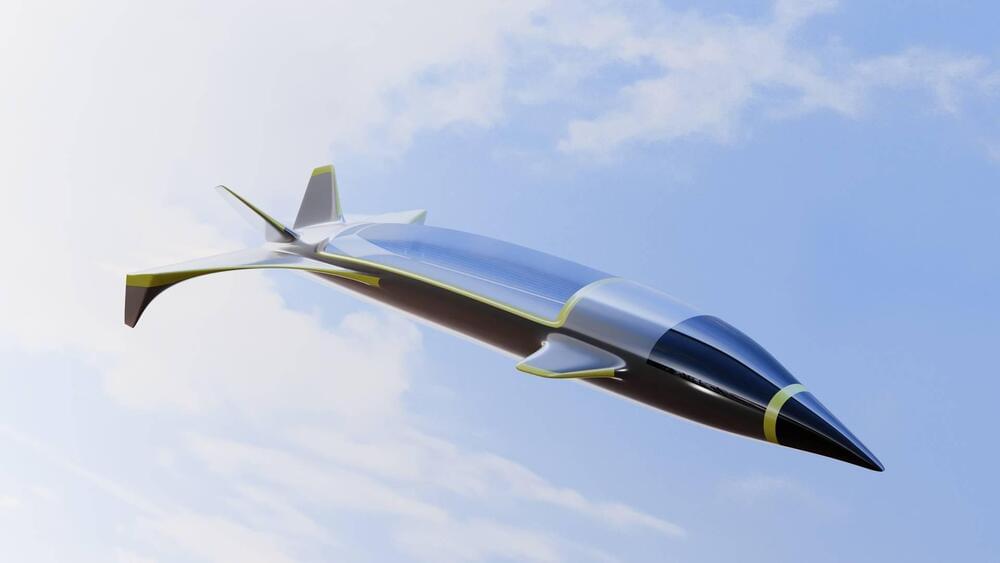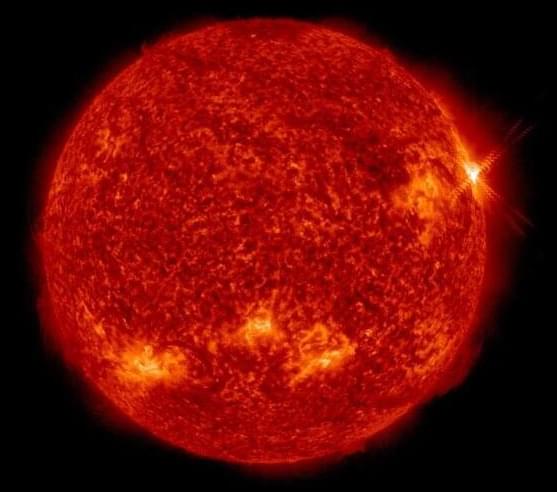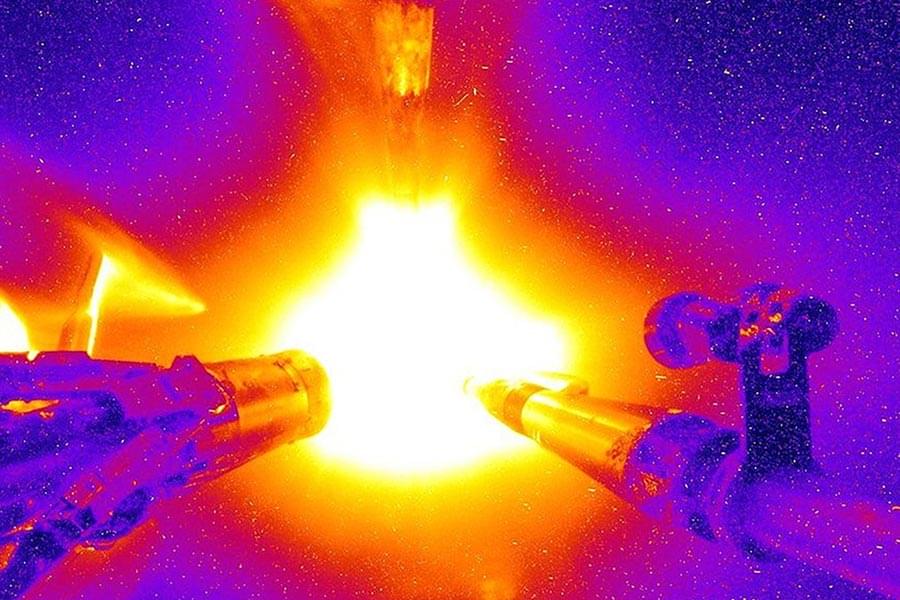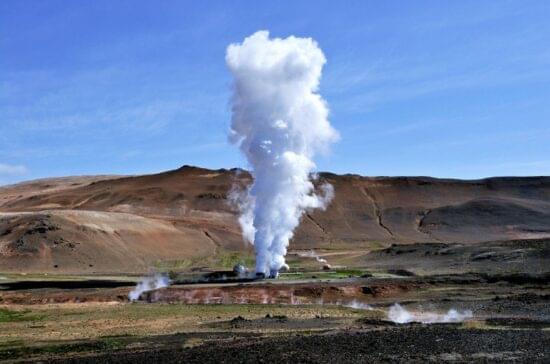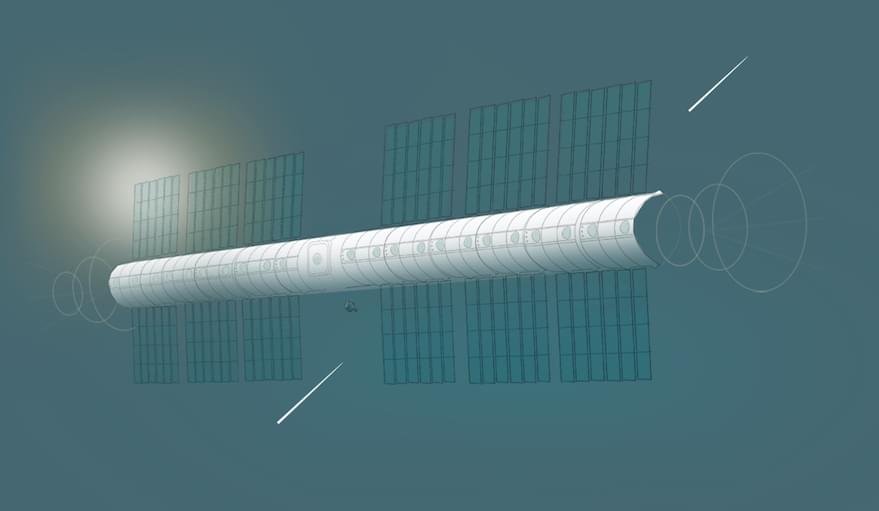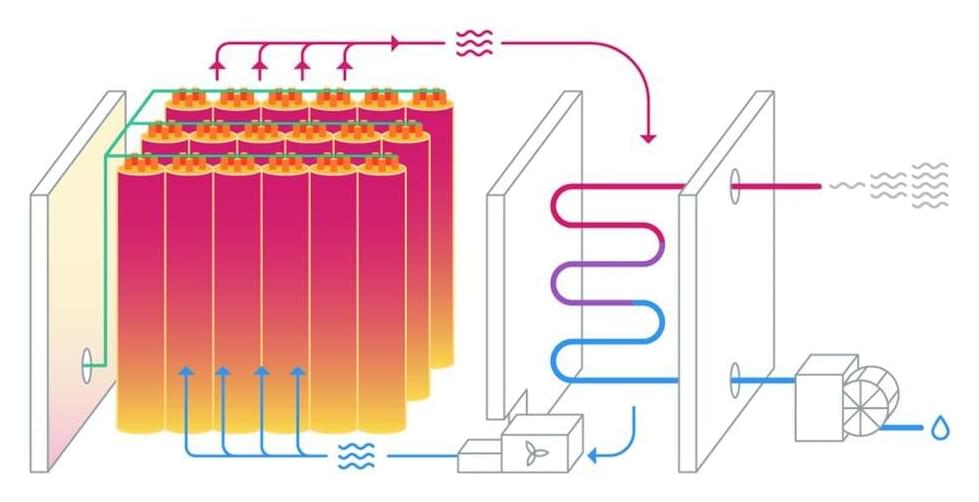Chinese researchers expect to significantly reduce the costs of commercial hypersonic travel with a novel engine using a combination of ethylene and coal powder, according to an article published by the South China Morning Post (SCMP) on Tuesday.
In tests conducted, a prototype using the affordable and efficient mixture produced shocks traveling at more than 2km (1.24 miles) per second, or six times the speed of sound, the scientists claimed in a new paper published in the China Ordnance Society’s peer-reviewed Acta Armamentarii journal on September.
